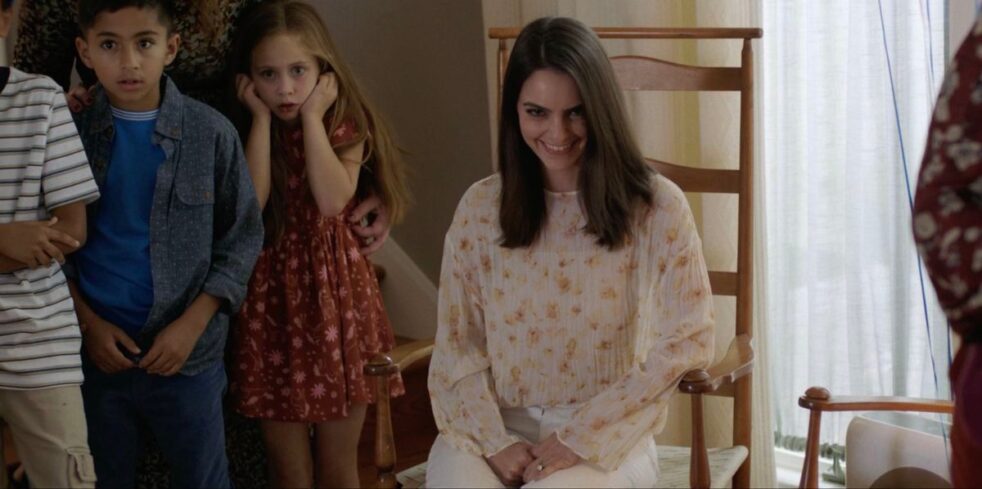Our Take: 4/5 Stars
In a runtime of an hour and 55 minutes, “Smile” manages to make the audience fall in love with characters, jump scare them countless times and leave them with an absolutely devastating ending. “Smile,” which hit movie theaters on Sept. 30, follows the story of Dr. Rose Cotter (Sosie Bacon, “Mare of Easttown”) as she tries to escape a curse that is passed from person to person through trauma and almost always ends with the untimely death of the victim.
The idea of a curse that is passed on to unsuspecting victims is in no way a new concept for the horror movie genre (see cult classics such as “The Ring”), but the unique nature of the curse is truly what makes “Smile” stand out as a horror movie.
In “Smile”, the curse, as mentioned above, is passed through trauma, or specifically the victim viewing a traumatic event. The movie uses the curse as an opportunity to make a larger point about mental health. It draws parallels between the rippling impacts of the main character witnessing her mother’s suicide at a young age and the transferral of the curse after she watches a patient commit suicide in front of her decades later.
Under the veneer of a jump scare-laden plot following Cotter losing her mind, there is a larger message about mental health, trauma and how it impacts those around us.
Throughout the film, Cotter talks to the family of the victims and sees how consuming the trauma of the curse is and how it consumed those around them as well. While an interesting point to explore through the avenue of a horror movie, the direction the movie chooses to take the point is questionable.
Without spoiling the ending, it is safe to say that it is not a happy one. The way the movie ends almost seems to impart the message that trauma is inescapable. The audience watches as the character seems to make every right choice — reach out for help, face her inner traumas and try to move on — only to fail spectacularly.
“Smile,” especially as a member of the horror movie genre, has absolutely no obligation to have a happy ending. However, it is an interesting question to consider whether the movie had a responsibility to end differently.
The nature of the ending seems to tell the audience that trauma is inescapable and that at the end of the day, your demons will always win against you.
While it is just a purely fictional movie, the feeling of hopelessness the audience feels at the end of the movie is very real. For someone who is in a very dark place, this movie could have made it much worse.
Many have taken to social media to make their own warnings about the movie — warning audiences to avoid it if they are not in a good place mentally. This dilemma begs the larger question of whether movies should be responsible for their own trigger warnings, and if not, should they be responsible for the very real consequences their films could have?
Apart from the ending, “Smile” was an amazingly done horror film. With cinematic filming, masterful suspense and absolutely breathtaking acting, the movie keeps you on the edge of your seat for the entirety of its runtime.
Ignoring the societal implications of the film and considering it solely as a piece of art, the movie was a solid four stars.
